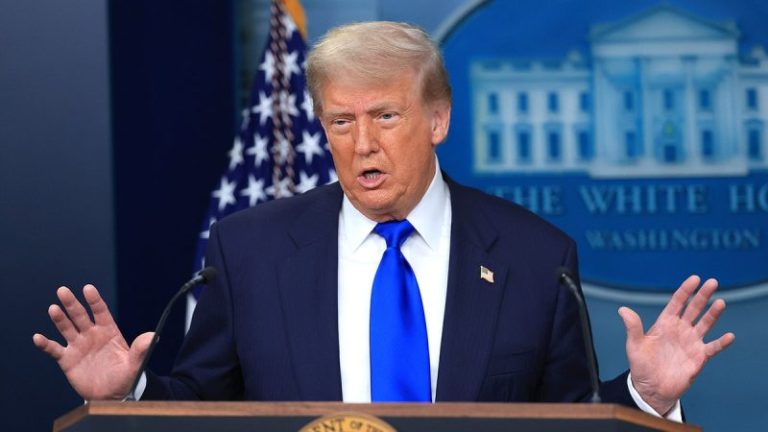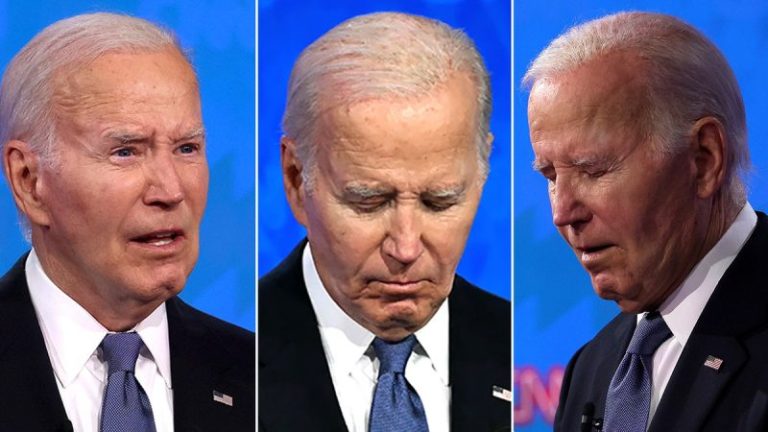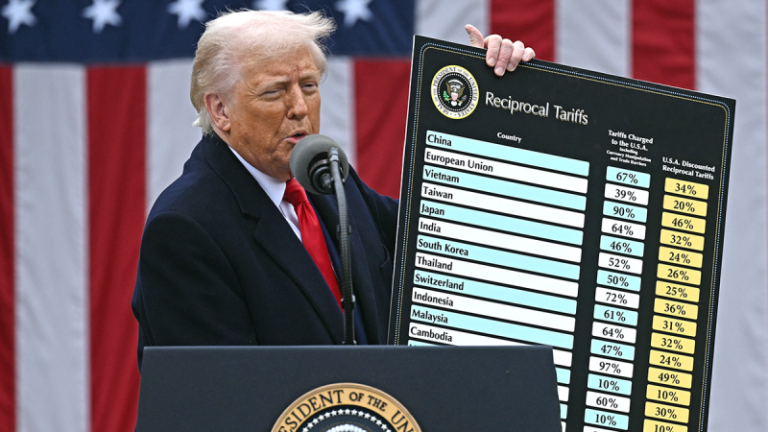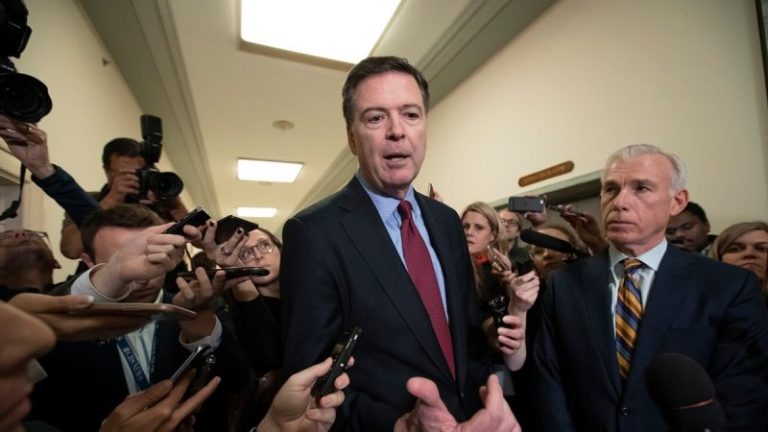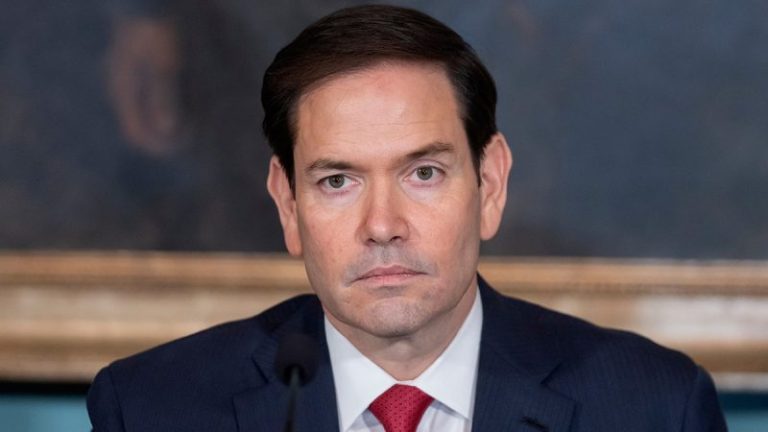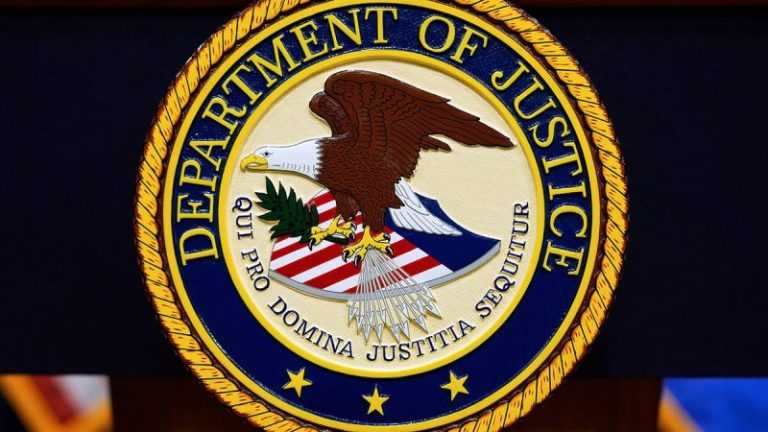In a blockbuster report, the CIA has belatedly exposed the rank corruption among top intelligence officials who connived to frame President Donald Trump and drive him from office during his first term.
Their pernicious lie was that Trump colluded with Russia to rig the 2016 presidential election in his favor. The principal piece of so-called evidence was a document known infamously as the dossier.
It was secretly financed by Hillary Clinton’s presidential campaign and Democrats, conceived by a foreign agent with a checkered past in espionage, and then brokered to solicitous collaborators at the FBI, CIA, the Department of Justice and the Trump-hating media.
The dossier was garbage, of course. The FBI largely debunked it before Trump was even sworn in and fired its author, Christopher Steele, for lying as a confidential human source. But the bureau concealed those inconvenient facts under then-Director James Comey and deftly exploited the document as a cudgel to bludgeon the newly elected president.
Comey was aided and abetted by others in the intelligence community, including CIA Director John Brennan and Director of National Intelligence James Clapper. This malignant force of unelected officials plotted to smear Trump with what is surely the dirtiest trick in political history.
Recently, current CIA Director John Ratcliffe declassified and released an internal agency review of the machinations that helped fuel the Russia hoax. In a statement posted on social media, Ratcliffe stated, ‘All the world can now see the truth: Brennan, Clapper and Comey manipulated intelligence and silenced career professionals — all to get Trump.’
Citing previously hidden records, the review concluded that Brennan, in particular, pushed for the phony dossier to be included in the Intelligence Community Assessment (ICA) to catalyze a false narrative against Trump. Senior CIA experts on Russia objected but were sidelined and silenced.
The CIA’s deputy director for analysis warned Brennan in writing that including the discredited dossier in any capacity jeopardized ‘the credibility of the entire paper.’ Brennan didn’t care. The fiction penned by the ex-British spy conformed to the director’s preconceived fable that Trump colluded with Russia.
The ICA, which was ordered by President Barack Obama, was rushed to completion just days before Trump’s inauguration. Brennan directed its composition and handpicked the analysts who compiled the ersatz information. To stifle dissent, 13 other key intelligence agencies were deliberately excluded. To put it bluntly, Trump was set up.
According to the new CIA review, Comey and Clapper were all in on the scheme. In an interview with the New York Post, Ratcliffe said, ‘This was Obama, Comey, Clapper and Brennan deciding ‘We’re going to screw Trump.’’
They knew the dossier was junk, which motivated them to prop it up as a reliable indictment of Trump. By incorporating it in the ICA they could leak and propagate both documents as mutual corroboration. It was a clever ruse. An illusion.
Those of us who have long covered the bogus collusion story knew it long ago. In my 2019 book, ‘Witch Hunt,’ I recounted how Brennan ‘insisted that the dossier be included in the classified intelligence report,’ but then told Congress under oath that the dossier was ‘not in any way used as the basis for the intelligence community’s assessment.’ Clapper’s testimony was nearly identical.
Here is what I wrote in chapter 2:
‘Brennan and Clapper were spinning a deception. A prominent colleague contradicted them and produced documents as proof that they were not telling the truth. In a classified letter to Congress, National Security Agency director Michael Rogers disclosed that the uncorroborated document (the dossier) ‘did factor into the ICA’ report. Having been caught in a falsehood, Clapper then repudiated his earlier statement. Brennan continued to deny all of it, the contrary evidence notwithstanding.’
Neither Brennan nor Clapper was ever prosecuted for perjury.
None of that bothered news organizations. MSNBC promptly hired Brennan, while Clapper went to work for CNN. I described what they did from their media perches:
‘The two super spooks launched an all-out attack on Trump, exploiting their new television platforms to advance the toxic fiction that the president was a secret Russian asset who had ‘colluded’ with Putin. It didn’t matter to CNN that a House Intelligence Committee report determined that it had been Clapper who had leaked news of the phony dossier to the network before Trump had ever taken office.’
The collusion narrative was a conspiracy itself. The collaborators knew it was a lie, but they manipulated the dossier and the ICA to peddle their fairy tale. With Hillary and her confederates, they engineered the hoax. Brennan even accused Trump of treason.
Comey also knew the dossier was spurious, as I wrote in chapter 4:
‘He knew exactly where the dossier came from and who paid for it. He used it as the primary basis for the warrants, used it as part of the nonpublic version of the intelligence community assessment, and used it to debrief President-elect Trump so that it could be leaked to the media in January 2017.’
They knew the dossier was junk, which motivated them to prop it up as a reliable indictment of Trump. By incorporating it in the ICA they could leak and propagate both documents as mutual corroboration. It was a clever ruse. An illusion.
Comey’s decision to purloin and leak additional FBI documents triggered — just as he planned — the appointment of Special Counsel Robert Mueller and his dilating investigation of Trump that hobbled his presidency for two years.
On the day that Mueller issued his report concluding that there was no evidence of a Trump-Russia collusion conspiracy, the sheepish Brennan conceded, ‘I don’t know if I received bad information, but I think I suspected there was more than there actually was.’
That’s quite the Jekyll-Hyde metamorphosis for a guy who enthusiastically endorsed the dossier and who kept claiming that ‘it was in line’ with his own CIA sources, in which he ‘had great confidence.’ That, too, was a fabrication, according to the newly released CIA review.
What did Comey have to say? In public, the master prevaricator dissembled and pleaded ignorance. But before Congress, he was forced to admit that some of his actions would have been different had he known then what he knows now. Not likely. He was wedded to the artifice of collusion because he despised Trump.
Director of National Intelligence Tulsi Gabbard has vowed a reckoning. She told Fox News, ‘We are digging deep to find everything that has been related to this, and I guarantee you there are some U.S. attorneys who are eager to see what we are finding — in some cases are already working their own cases to bring about that necessary accountability.’
Unless those who unscrupulously weaponized their immense power for political purposes are held to account, it will happen again. And again. The only remedy for lawlessness is justice.
The reckoning awaits.
This post appeared first on FOX NEWS



